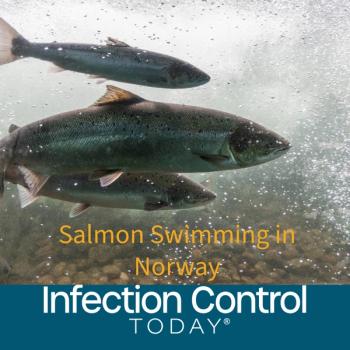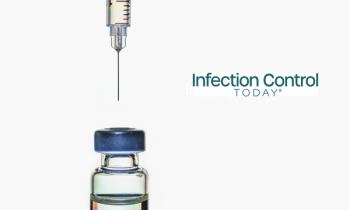
Breast Milk Antibody Fights HIV but Needs a Boost
Breast milk antibody both neutralizes human immunodeficiency virus (HIV) and kills HIV-infected cells, according to a paper in the September 2011 issue of the Journal of Virology.
"This finding indicates that enhancement of these responses through vaccination could help reduce HIV transmission via breastfeeding," says corresponding author Sallie Permar of Duke University in Durham, N.C. While HIV-specific antibodies have been identified in breast milk, this is the first study to investigate the virus-blocking functions of these antibodies.
Nonetheless, the statistics indicate that breast milk antibodies are doing an incomplete job of protecting babies from HIV transmission. Nearly half of the 350,000 new infant HIV infections occurring annually are transmitted via breast milk. Permar's study provides perspective: it shows that the magnitude of anti-HIV responses in breast milk is low compared to those in plasma.
Thus, the need to enhance that response. Fortunately, the study's results suggest that current systemic HIV vaccine candidates may be effective in enhancing anti-HIV functions of breast milk antibody, and reducing postnatal HIV transmission. Permar et al. found that breast milk antibody's activity against HIV and HIV-infected cells is mediated by IgG antibodies that originate in the bloodstream, rather than IgA antibodies, which are produced in the mammary gland.
The alternative to immunologic intervention, formula feeding, "is not a viable option for reducing this mode of transmission in resource poor areas with high HIV prevalence, as it is associated with high infant mortality from diarrhea and respiratory illnesses," says Permar. "While maternal and/or infant antiretroviral prophylaxis during the period of breastfeeding is effective in reducing infant transmission, HIV transmission continues to occur in the setting of optimal prophylaxis and the effects of this long-term prophylaxis on infant growth and development are not known. Moreover, long-term prophylaxis is a challenge for resource poor areas." But a maternal or infant vaccine would be ideal for eliminating post-natal HIV transmission, she says.
Reference: G.G. Fouda, N.L. Yates, J. Pollara, X. Shen, G.R. Overman, T. Mahlokzera, A.B. Wilks, H.H. Kang, J.F. Salazar-Gonzalez, M.G. Salazar, L. Kalilani, S.R. Meshnick, B.H. Hahn, G.M. Shaw, R.V. Lovingood, T.N. Denny, B. Haynes, N.L. Letvin, G. Ferrari, D.C. Montefiori, G.D. Tomaras, S.R. Permar, and the Center for HIV/AIDS Vaccine Technology, 2011. HIV_specific functional antibody responses in breast milk mirror those in plasma and are primarily mediated by IgG antibodies. J. Virol 85:9555-9567.
Newsletter
Stay prepared and protected with Infection Control Today's newsletter, delivering essential updates, best practices, and expert insights for infection preventionists.






